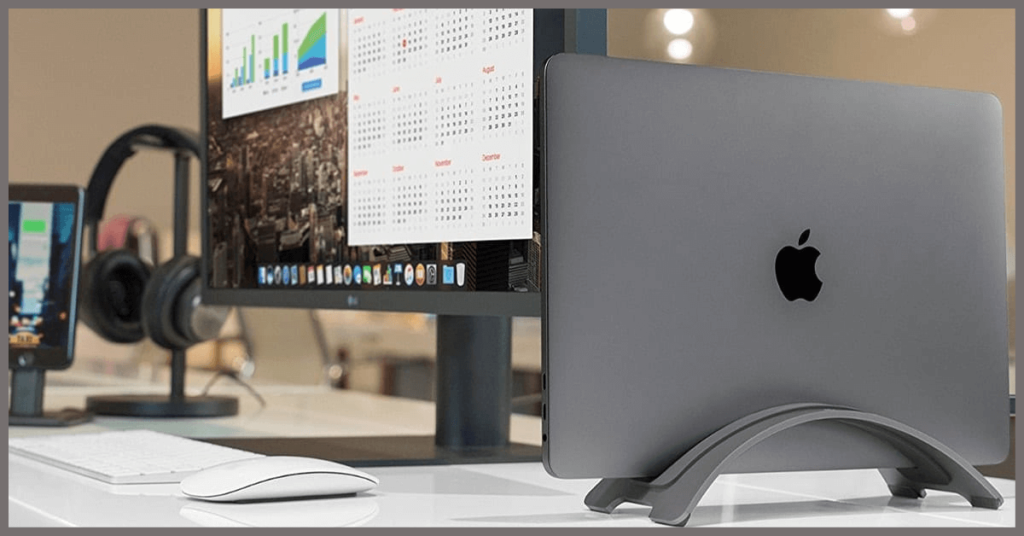MacBooks are known for their sleek design and high-quality displays, but sometimes you need more screen real estate. If you want to expand your workspace and improve productivity, using an external monitor with your MacBook is a great solution. Here is a step-by-step guide on How to Use Monitor with MacBook? And get the most out of your setup.
Compatibility
Before purchasing a monitor for your MacBook, it’s important to check for compatibility. MacBooks typically come with either HDMI, DisplayPort, or VGA ports, so make sure that the monitor you choose has a compatible port. If your MacBook doesn’t have the correct port, you may need to purchase an adapter.
Required Equipment
To connect your MacBook and monitor, you will need a cable that is compatible with both devices. For example, if your MacBook has an HDMI port, you will need an HDMI cable. If your monitor doesn’t have the same port as your MacBook, you will also need an adapter.
Connection Steps
- Connect the monitor to your MacBook using the cable and adapter if necessary.
- Turn on the monitor and your MacBook.
- Click on the Apple menu and select “System Preferences.”
- Click on “Displays” to open the display preferences.
- In the displays preferences, you should see the monitor as an additional display. Select the monitor and adjust the resolution, refresh rate, and other display settings to your preference.
- To use the monitor as a separate desktop or to extend your desktop, go to the “Arrangement” tab in the display preferences and drag the menu bar from the MacBook’s screen to the monitor screen.

Display Options
There are two main display options when using an external monitor with a MacBook: mirroring and extended desktop. Mirroring displays the same content on both screens, while an extended desktop allows you to use the monitor as a separate workspace. You can set the display options in the display preferences.
Resolution and Refreshing Rate
Choosing the correct resolution and refresh rate for your monitor is important for optimal display quality. You can adjust these settings in the display preferences. Higher resolutions and refresh rates can result in smoother and clearer images, but may also require more processing power from your MacBook.
Troubleshooting
If your monitor is not detected, or you are experiencing display issues, try restarting both the monitor and your MacBook. Check the cable connections to make sure that everything is properly connected. If the issue persists, you may need to update the drivers for your MacBook or the monitor.
MacOS versions
Different macOS versions have varying levels of compatibility with different monitor connections. Make sure that you have the latest version of macOS installed on your MacBook to ensure compatibility with your monitor. If you need to update macOS, go to the Apple menu, select “Software Update”, and follow the prompts.
In conclusion, using an external monitor with a MacBook can greatly enhance your productivity and improve your overall computing experience. With the right equipment and a few simple steps, you can easily connect a monitor to your MacBook and start enjoying a larger, more versatile workspace.

